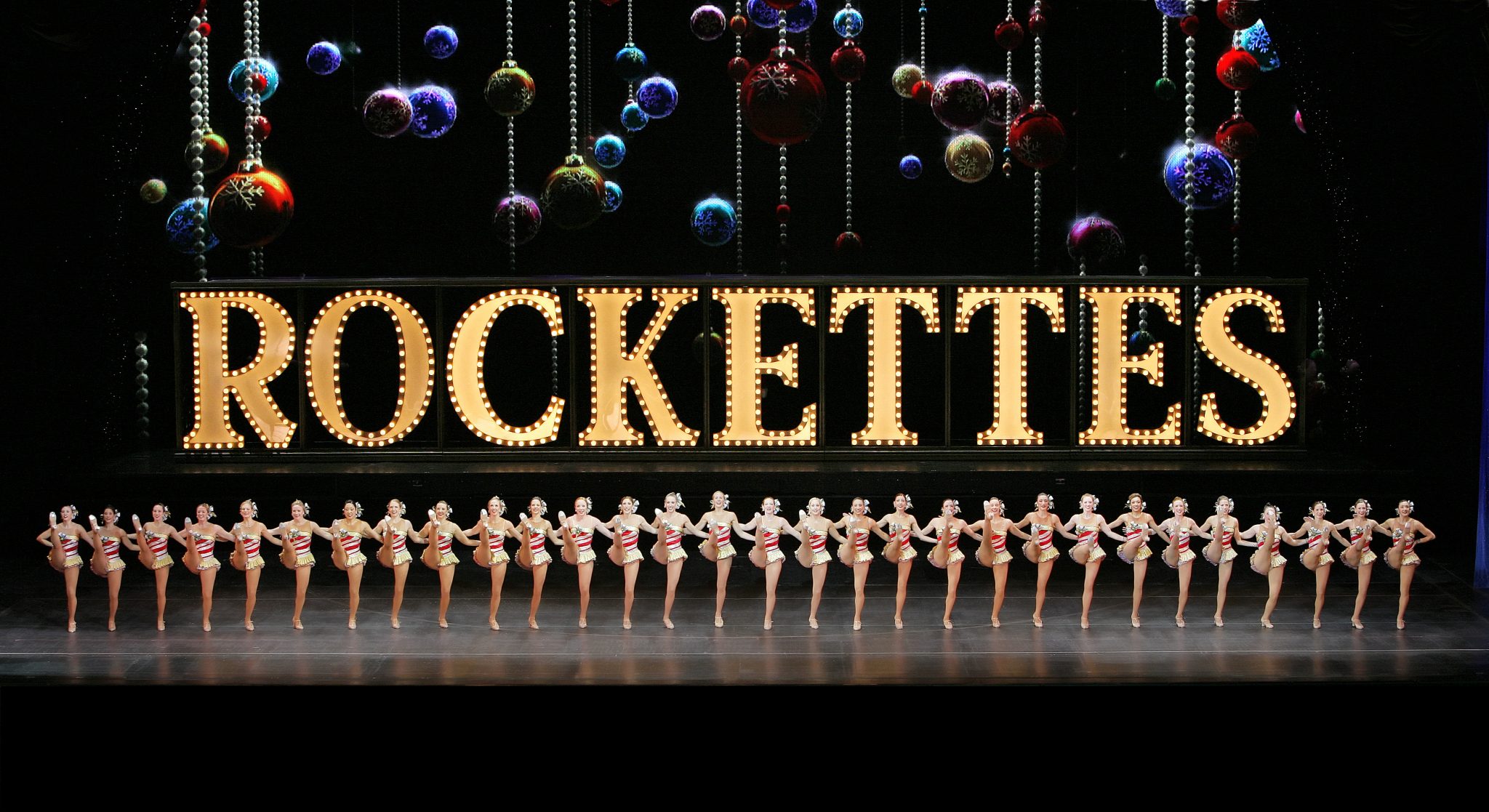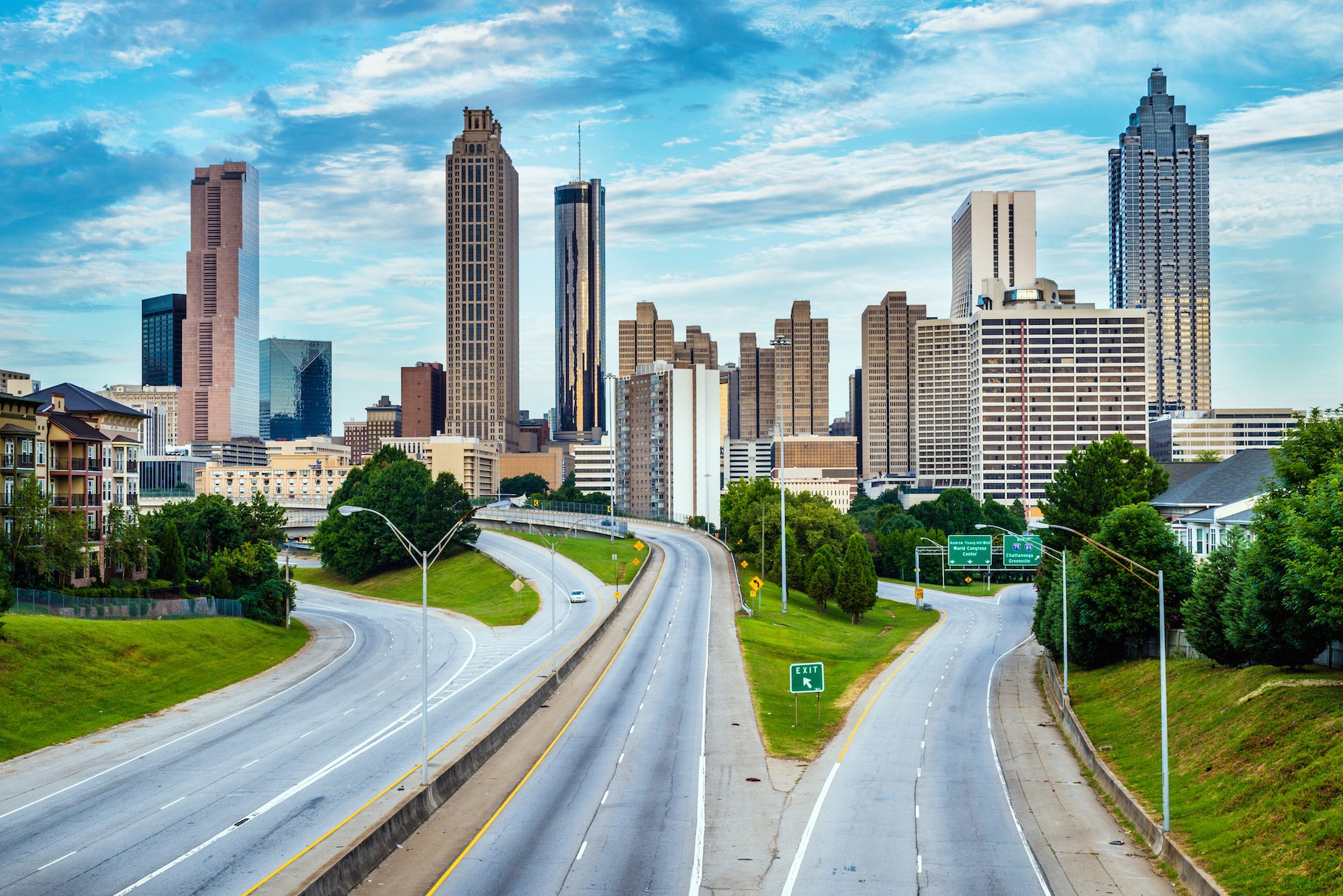Glorious nostalgia, first-rate first-run films, impeccable Art Deco surroundings, and vibrant live theater—all of these combine to make New York City’s Radio City Music Hall the grandest of the grand movie palaces. The entire complex was the brainchild of Samuel L. “Roxy” Rothafel, who had wowed Manhattan with his Roxy Theater, where effervescent stage productions and feature films were awaiting anyone who cared to step inside and leave the real world behind. The Roxy, dubbed the “Cathedral of the Motion Picture,” was a huge movie palace just off Times Square, opened in 1927, known for its opulent décor, a the world’s largest permanent orchestra, and lavish stage shows. The new Radio City Music Hall was a deliberate effort to trump that success. And it succeeded. From its opening in 1932 until today, Radio City Music Hall has drawn people from all over the world to experience live and motion picture theatre at its best.
Architect Edward Durrell Stone, who years later designed the Kennedy Center in Washington, was the architect of the Rockefeller Center complex of which Radio City Music Hall is a cornerstone. He sculpted the famous arched proscenium to maximize sight lines and acoustics for the nearly 6,000 capacity customers.

Every effort was made to anticipate the every whim of creative stage designers. The stage effects include real clouds, real fog, real rain, all original features of the theater’s design. The grand stage is also a marvel of hidden hydraulic lifts—the US Navy copied the design for their lifts on aircraft carriers. There are three huge sections of the stage that can move together or separately, as well as separate, special lifts for the organ and for the orchestra pit.
During a typical stage production at Radio City Music Hall, don’t be surprised if the Mighty Wurlitzer appears as if out of nowhere, rises to a level from which the audience can easily view the organist playing the many ranks with both hands and both feet, and then, when done, the organ scoots away from the viewers toward the back of the stage and disappears from sight. The orchestra comes and goes in a similar fashion.

Did we mention the famous Rockettes? The high kicking precision dance team is actually older than the Radio City Music Hall, having been founded in St. Louis in 1925. If you see them in the Radio City Christmas Spectacular, keep in mind that two of the productions are originals that date back to the very start of the Rockettes at the Radio City Music Hall. “The Living Nativity” that concludes the Spectacular with real camels and donkeys on stage, and “The Parade of Wooden Soldiers”, which uses the original choreography of the Rockettes founder Russell Markert, and the original costumes designed by the renowned director Vincente Minnelli—yes, Liza’s dad.

Even before you take your seats, you have probably been properly bowled over by the fantastic streamline modern multicolor neon marquee on the corner of Avenue of the Americas and West 50th. And then there is interior design by Donald Deskey, from the oval lobby, with its red and gold, sparkling mirrors, the grand staircase looking like a frozen waterfall, to the long streamlined chandeliers, like oversized diamond earrings. The huge mural in the grand foyer is called “Fountain of Youth” and was painted by the prominent American muralist Ezra Winter. Be sure to check out the murals on the wall of the grand lounge, by Louis Bouche; they are titled the “Phantasmagoria of the Theater”.
Of course, while at Radio City Music Hall, you will want to stroll over to shop at Saks Fifth Avenue, Barney’s and Benetton, to see the glorious architecture of St Patrick’s Cathedral, to ride to the Top of the Rock for the best views in Manhattan, and perhaps even do some ice skating in season at The Rink—all these wonders are just a block or two away. Dining suggestions are myriad, for almost every pocketbook, from fast food chains to reserve-months-ahead elite. May we recommend lunch at Witchcraft just steps away from the Music Hall, and a splurge dinner or brunch at the incredibly chic and newly reopened Rainbow Room at the top of Rockefeller Center.











